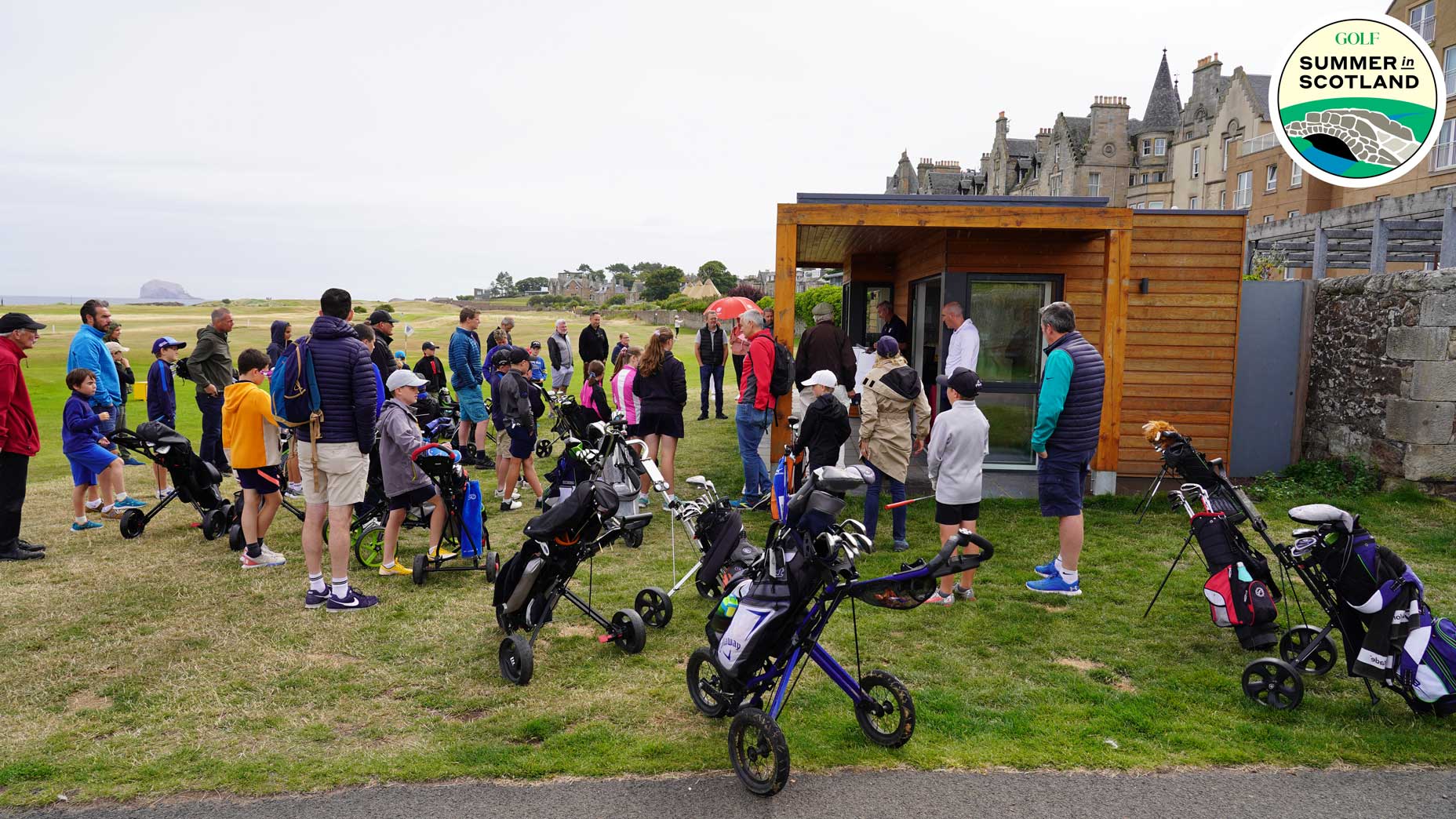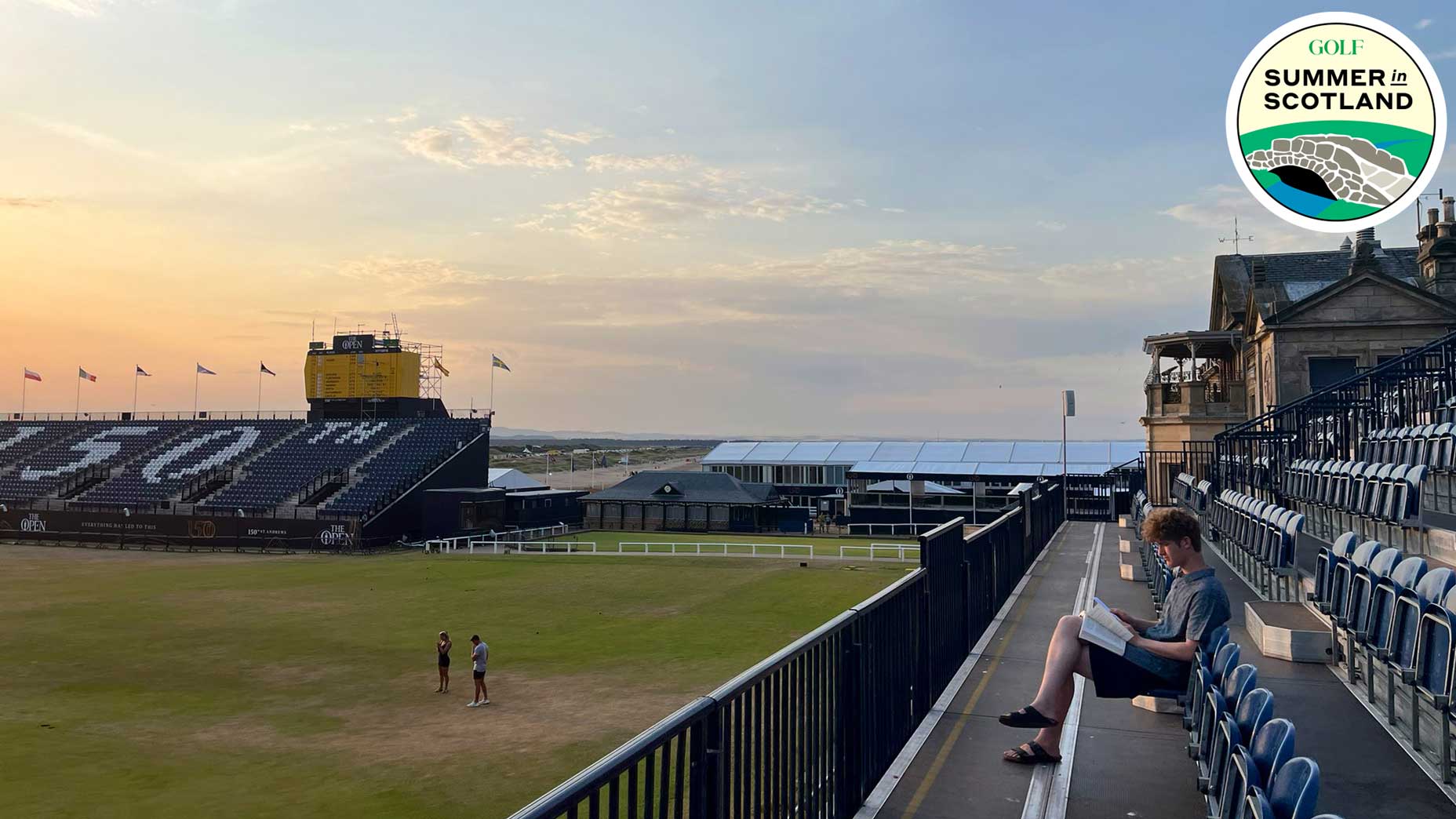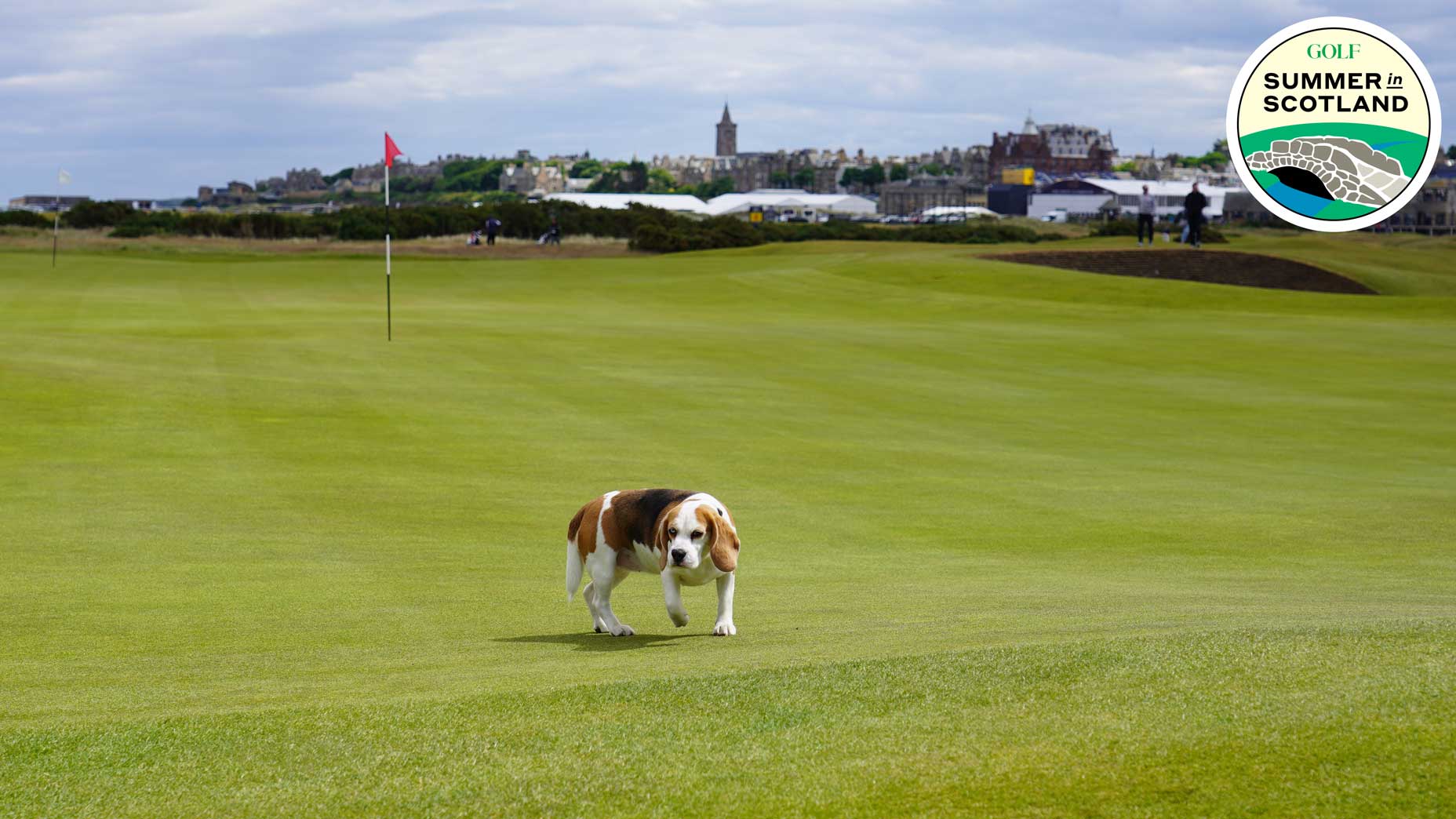The most popular word emanating from the golf world this week is … legacy. And boy is it a complicated one.
Rory McIlroy says he’s still adding to his legacy. Jon Rahm believes the PGA Tour has the strongest legacy. Phil Mickelson’s legacy, well, he says he’s done all he can do. Someone should tell h—you know what, never mind.
Legacies these days, are clearly fluid. Which is why it was cathartic to get back to St. Andrews and The Old Course, where even Tom Morris’ 469-year-old masterpiece has a legacy that’s fluid.
Someone will be added to the list of champions there in a month. But what if they do it by shooting 24 under? What then, do we make of the Old Lady’s legacy? We can pivot away from that scary topic for about 26 days, and adjust our compasses just 180 degrees. Across the street from the Old Course — that’s where legacy lives eternally.

It’ll take just a handful of steps from the 1st tee to cross Golf Place and descend into golf history at the R&A World Golf Museum. What used to be the British Golf Museum has been refurbished in recent years to blend the storied history of the game into a modern and dynamic presentation. You want the details on how club equipment has changed? Here’s the hybrid that saved Spieth at Birkdale, not far from the 1904 Higgs Deliver Rake Iron that promised to save you from long grass, sand and water. (It’s no longer being manufactured.) When you’re done with that, try putting with with a hickory flat stick.
Want to see how golf fashion has changed through the years? Well, that includes kilts as much as it includes Tyrrell Hatton’s controversial hoodie from the 2020 BMW PGA Championship. Both are on display, right next to an R&A Captain’s jacket you can wear for a mirror-selfie.
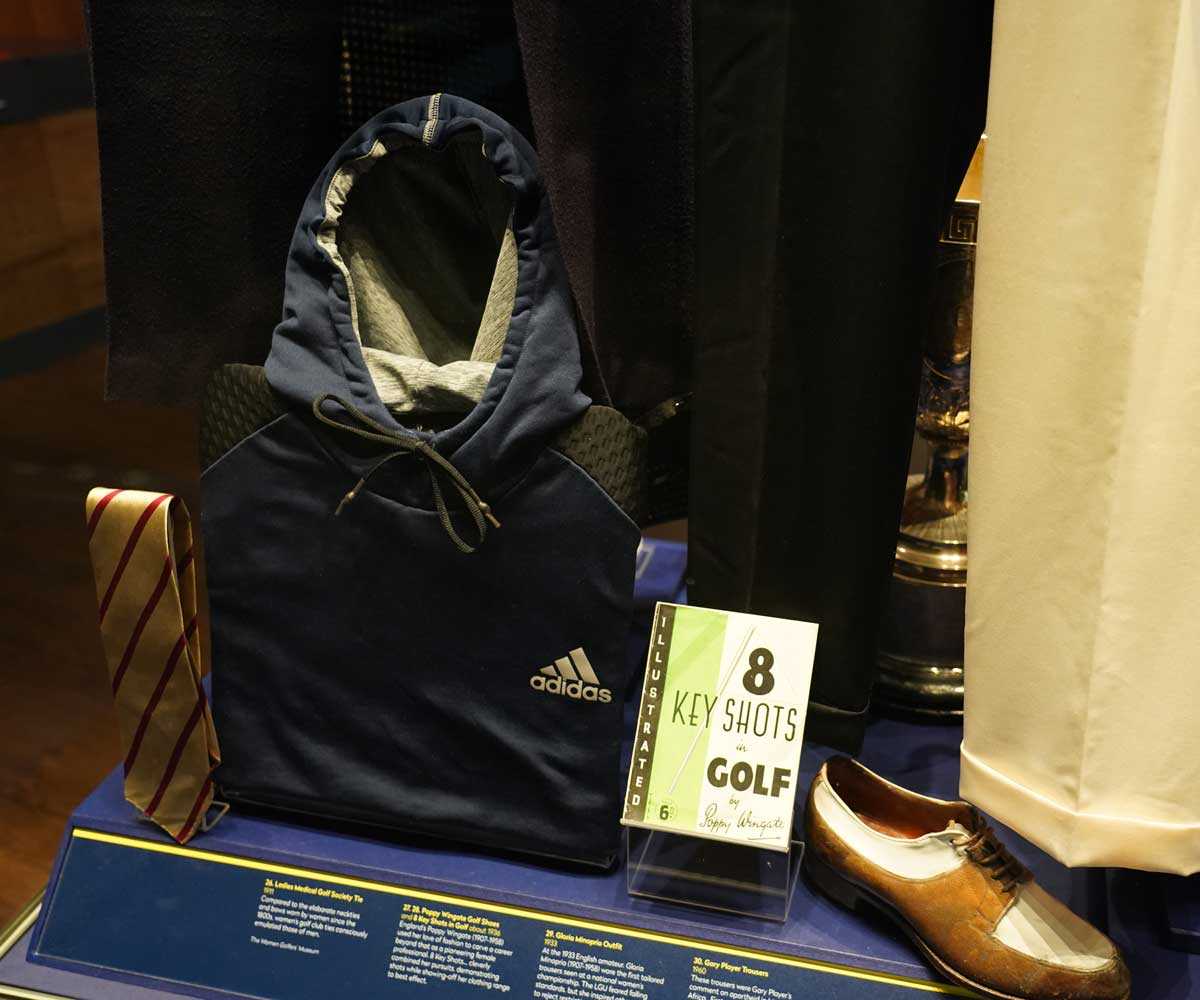
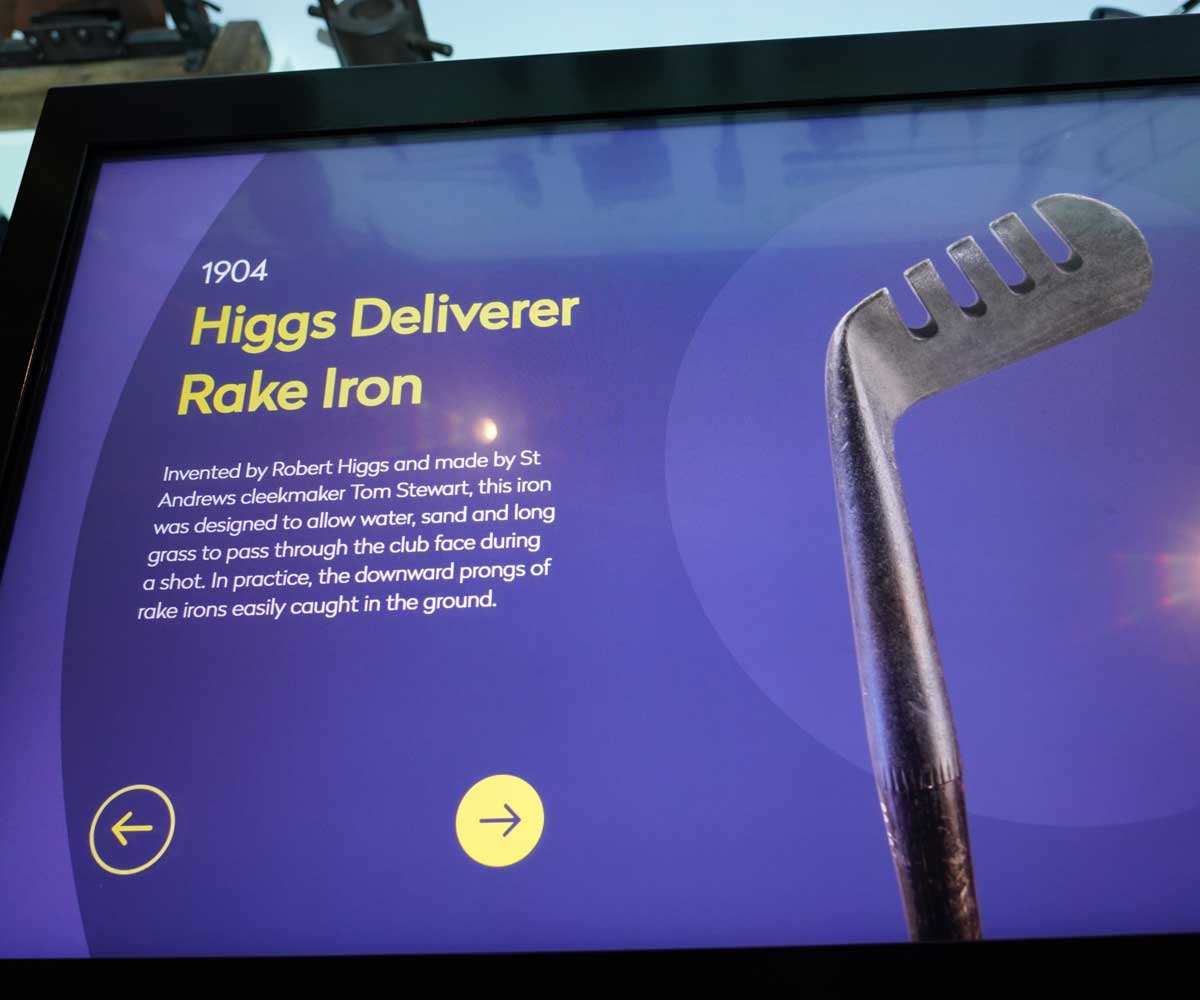
The museum has undergone changes in recent years — requiring a 12-month closure — made with the 150th Open Championship in mind, to provide golf fans with “a sensory and emotive experience.” Upon entry, there’s Bobby Jones’ famous quote on the wall: “I could take out of my life everything except my experiences at St. Andrews and I’d still have a rich life.” Emotive? Check.
Turn around and there’s a circular, interactive table that ushers you around town with the tap of a finger — sensory, check! — explaining where golfers drank their beer in the 1800s, why the women made their own club in 1893, and why rabbits might hold the most interesting perspective on the entire place. Yes, rabbits.
But since legacy is what brought you here, let’s talk legacy.
On exhibit at the moment is gallery room full of photos, taken by photographer David Cannon, of Seve Ballesteros. Seve’s legacy, for my purposes, is a rather mysterious one. He’s the swashbuckler, everyone says, who gambled and wowed us and pressed players’ buttons and became this lovable legend. But he did it all before my time writing about golf.
He won his second of three Open Championships in 1984, at the Old Course, in front of enormous galleries and industrial-sized cranes hoisting up the TV cameras. All of it just a pitching wedge from the museum where his golf grip has been bronzed into statue.
I couldn’t help but think, as I fixed my own hands to mimic Seve’s grip, how exhibits for Phil Mickelson’s career will look some day. Phil is a swashbuckler, everyone says, who gambled and wowed and pressed players’ buttons and became this lovable legend. But he did it all before driving a fork into the PGA Tour, and before he drove governing bodies of the game into tenuous situations. How much of 2022 will seem like just a blip on Mickelson’s career radar? It’s something for future museum curators to decide.
In a month, both Mickelson and madness will descend upon this town, and we’ll have a better idea then what Mickelson’s legacy might look like down the road. Hundreds of thousands of visitors will visit a place that normally holds 17,000, and the museum will no doubt reap some monetary reward. Twelve GBP per visitor, free if you’re 25 and younger. In the past, golfers from across the world would find their history by leaving golf balls on Old Tom Morris’ grave, about a half-mile south of the museum, in the St. Andrews Cathedral cemetery. Jim Nantz paid his respects in the middle of the night during the 2015 Open, where he wasn’t even working as a broadcaster. He crossed the Atlantic as a golf fan, eager to watch players add to their legacy. Zach Johnson cemented his days later. But this year, fans will not be able to convene around Old Tom’s gravestone. The entire cemetery is closed off due to decaying stone, deemed unsafe. Only family can pay their respects now, and that might be a good thing. For the rest of us looking to enjoy the golf history in St. Andrews, the museum is there waiting, it’s legacy only getting better.
St. Andrews Thing I’m Now Obsessed With: The pathways across town
Normally, getting lost is an unnerving feeling, particularly in a foreign country. But getting lost in St. Andrews is such a delight, partly because of the tiny lanes and back-alleys you find, some of them runneth over by vines.
Outside the immediate bubble of the Old Course are your three main streets — North, South, and Market — without many cross streets. Getting through town in an efficient manner requires an understanding of those walkways — like Lade Braes or Louden’s Close, which weave between buildings and beneath apartments to connect the town in ways that tourists could never memorize.

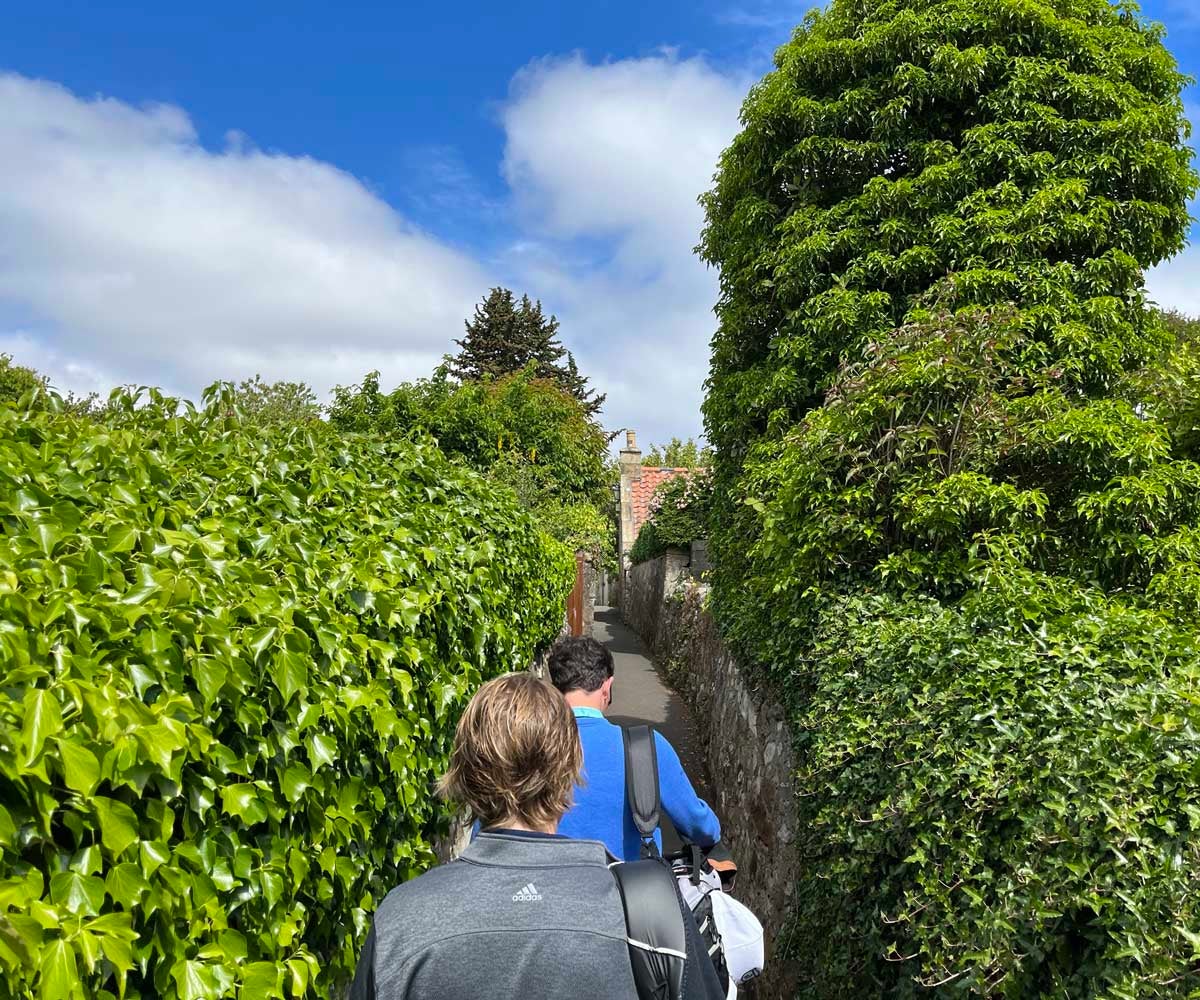
Surely some less-sober tourists have become trapped in these quarters before. They’re tempting — charming even, in the daylight — as the quickest route somewhere always is. Hopefully you’re going the right way.
Got an idea for a Summer in Scotland story? — I’ll hear them all! Just send a note to sean.zak@golf.com.


